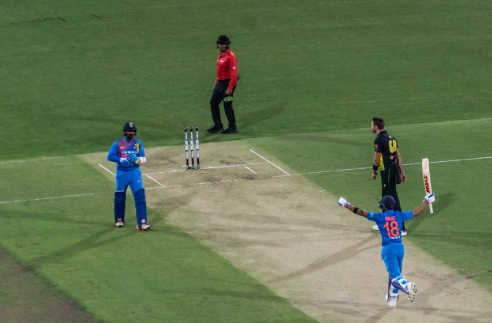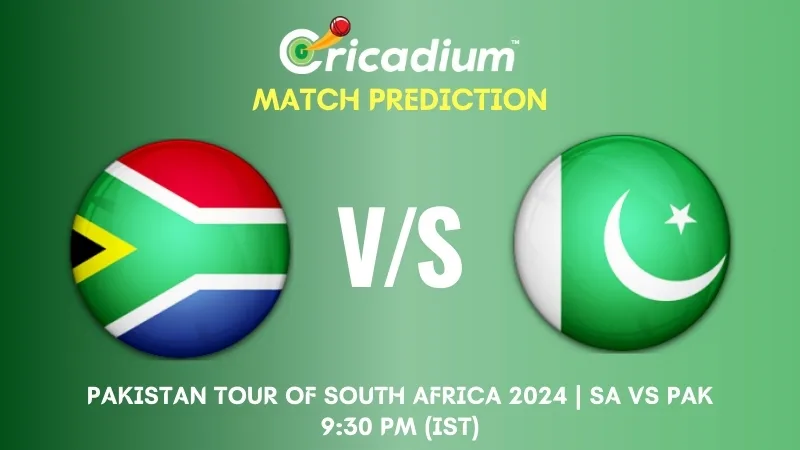Flynn Gotch |

Cricket has evolved into a sport of three distinct tempos—T20, One Day Internationals (ODIs), and Tests. Each format brings rhythm, strategy, and appeal to fans and bettors. However, not all formats offer the same opportunities for placing wagers. Betting success often hinges on how well a format lends itself to predictability, data patterns, and player impact. With that in mind, let’s examine which cricket format truly offers the sharpest edge for bettors.
Understanding the Nature of Each Format
Before identifying the best option, it’s worth understanding how these formats differ fundamentally. Test cricket is the most traditional version, played over five days with two innings per team. The focus here is endurance, patience, and long-term momentum swings. ODIs condense the game into a single day with 50 overs per side, balancing explosiveness and strategy. T20, the shortest and most commercially vibrant format, packs a full match into just 40 overs total—offering fireworks, rapid changes in momentum, and condensed statistical samples.
These structural differences have a direct impact on betting strategy. Each format offers its data sets, volatility levels, and betting markets. Some are more suited to live betting, others to pre-match analysis. Staying updated on injuries, team rotations, and tournament conditions through the latest sports news can provide a critical edge, especially when factoring in real-time developments that aren’t always reflected in the odds right away.
Knowing the nuance of each format separates casual speculation from calculated wagers.
T20: The High-Variance Playground
T20 cricket is arguably the most unpredictable format and the most popular for betting. Matches move fast, and so does the action in the sportsbook. Players can reverse a result in a matter of overs, and the betting odds often shift minute by minute. This format offers rapid opportunities for bettors who thrive on momentum swings and micro-analysis.
The fast pace has made T20 a focal point for reputable online sportsbooks like FanDuel sports, which often cater to bettors seeking real-time engagement and quick-turnaround markets. While offerings can vary, many platforms structure their cricket options around player props, innings milestones, or moment-based wagers—suited to the game’s compressed format.
Markets such as “Top Run Scorer,” “Most Sixes,” or “First Wicket Method” are more common in T20 due to its explosive nature. When chasing under lights, bettors can capitalize on detailed stats like strike rate, economy rate in the powerplay, or a team’s performance. However, the same volatility that makes it exciting also makes it risky. A single over can derail what looked like a winning bet.
This is a format where trends matter less and context matters more. Bettors with a knack for live betting and fast decision-making tend to perform better in this environment.
ODI: The Middle Ground of Predictability and Pacing
ODIs offer a more balanced tempo that rewards both preparation and flexibility. With 50 overs per side, this format provides enough time for a team to recover from early stumbles while enforcing time pressure. It’s a format where individual performances still matter, but not to the overwhelming extent seen in T20.
From a betting standpoint, ODIs allow deeper analysis. Factors like batting depth, bowler rotation strategy, and mid-innings run rates become meaningful metrics. Bettors can also look to historical matchups and averages with more confidence, as the larger sample size of overs tends to level out short-term fluctuations.
Key markets such as “Match Winner,” “Total Runs Over/Under,” and “Team to Score Most in First 15 Overs” become viable for pre-match bets. There’s room to use matchup history and pitch behavior more effectively than in T20, where small variables often skew outcomes.
ODIs also lend themselves to two-phase betting—pre-match wagers based on team structure and toss results, followed by in-play wagers that respond to how teams approach their innings. This layered structure gives skilled bettors time to adjust their mid-game approach while maintaining long-term data advantages.
Test Cricket: Strategy Over Speed
Test matches are the slowest but arguably the most cerebral format for betting. With five days of play and two innings each, results unfold slowly and rely heavily on tactical depth. This longer arc gives bettors time to study form, player matchups, and conditions with more clarity.
Test cricket presents fewer markets in terms of betting, but the ones available are rich in potential for the informed bettor. “Top Batsman First Innings,” “Most Match Wickets,” and “Draw No Bet” are frequently used markets, as are team-based series betting options. Bettors who understand the nuance of weather, wear and tear on pitches, and day-to-day player fatigue can find edges that are not obvious in faster formats.
Additionally, Test matches provide ample opportunity to hedge bets over multiple sessions. A team collapsing early doesn’t necessarily mean the bet is lost. Conversely, dominance across sessions can secure a favorable exit for those using cash-out strategies. The slower format rewards patience, planning, and a broader understanding of the game.
However, the biggest challenge in betting on tests lies in the unpredictability of outcomes over long spans. Rain, poor light, or even deteriorating pitches can create results that defy on-paper predictions. Still, this format holds significant value for bettors with a long-term view and a focus on tactical layers.

Picture Credit
Which Format Offers the Most Advantage?
If you’re seeking consistency and a lower variance environment, ODIs tend to be the most bettor-friendly. They provide a structured flow and enough data reliability to make smart pre-game predictions. For those who thrive on quick decision-making and embrace volatility, T20s offer high-reward live betting windows—provided you can keep up. Meanwhile, Test cricket demands time, but it offers more stable odds over a longer betting window and richer narrative arcs that can reward in-depth analysis.
The best format ultimately depends on your betting profile. Are you a data-first bettor looking for structure and consistency? ODIs fit that bill. Do you lean toward gut calls, real-time adjustments, and quick wagers? Then T20 might be your go-to. Do you prefer to slow things down and analyze momentum across sessions and days? Test cricket offers the most room for layered bets and tactical wagers.
Putting Strategy Into Practice
Understanding the format isn’t enough—you need to align your strategy with the type of market that best suits it. T20 rewards player-specific props and short-term trends. ODIs favor team structure and matchflow analytics. Tests demand long-view predictions and patience. Tailoring your bet type, timing, and risk tolerance to the format turns a bet into a strategy.
Instead of asking which format is best, the more accurate question is: Which format best matches your strengths? Because success in cricket betting isn’t format-dependent—it’s about exploiting the right variables at the right time.




